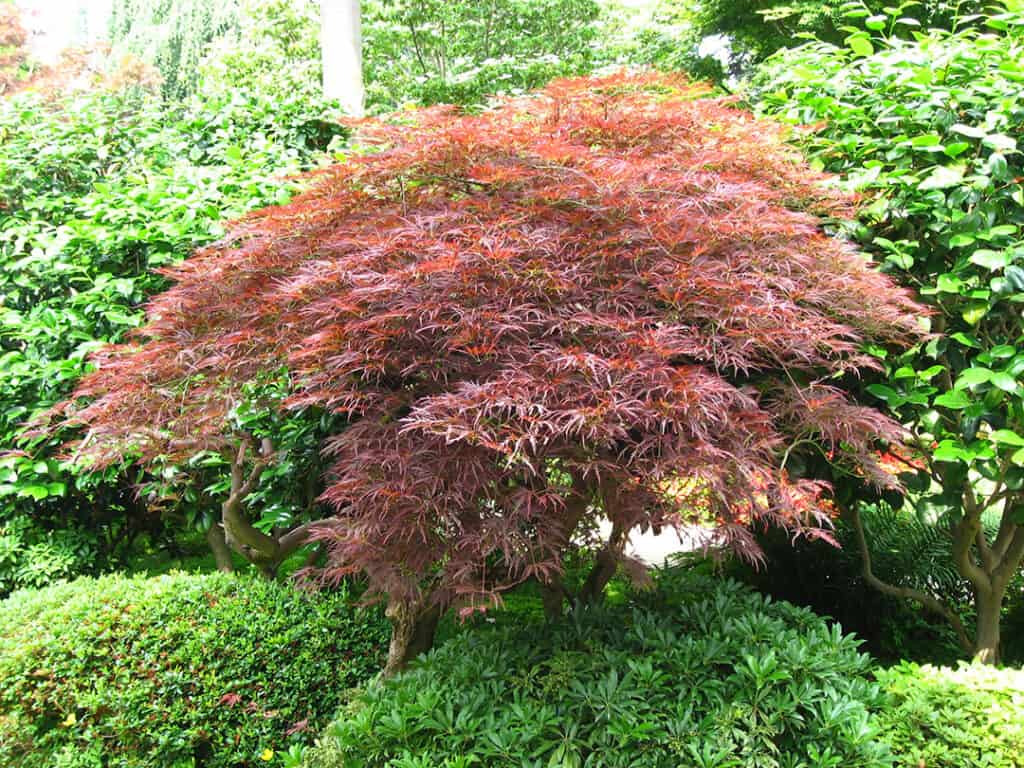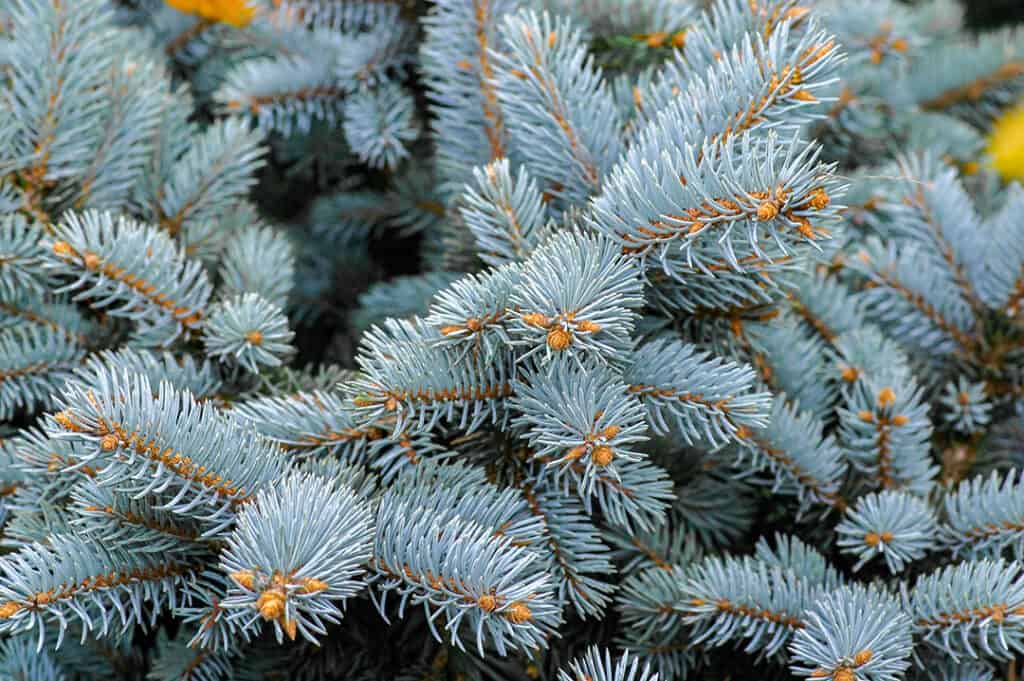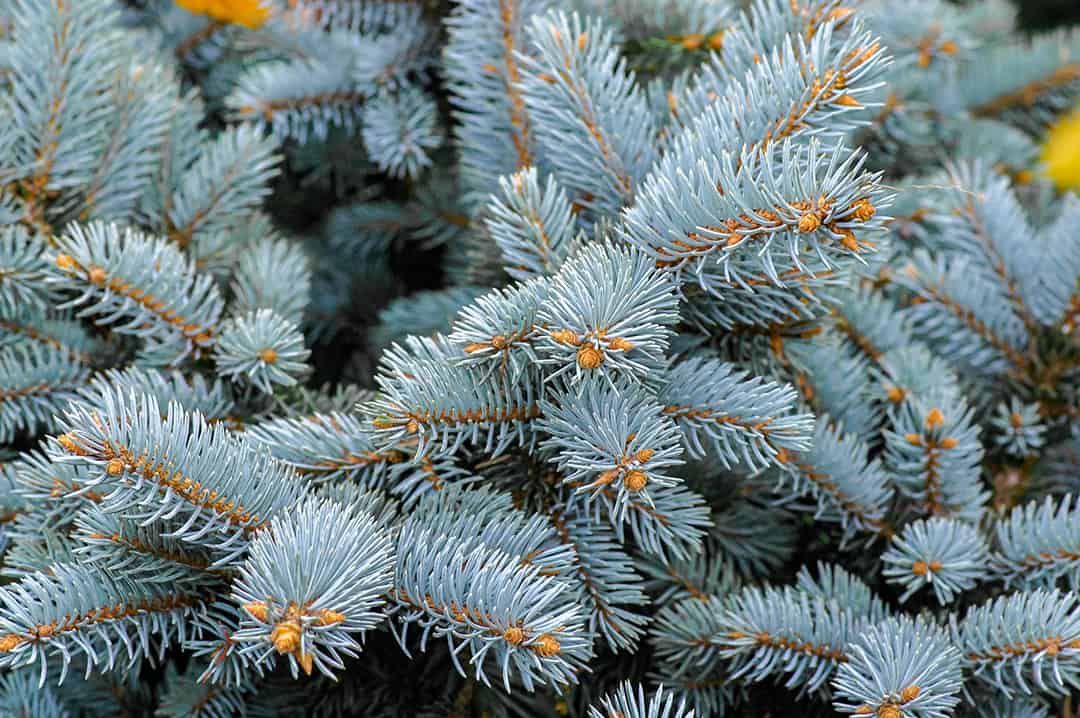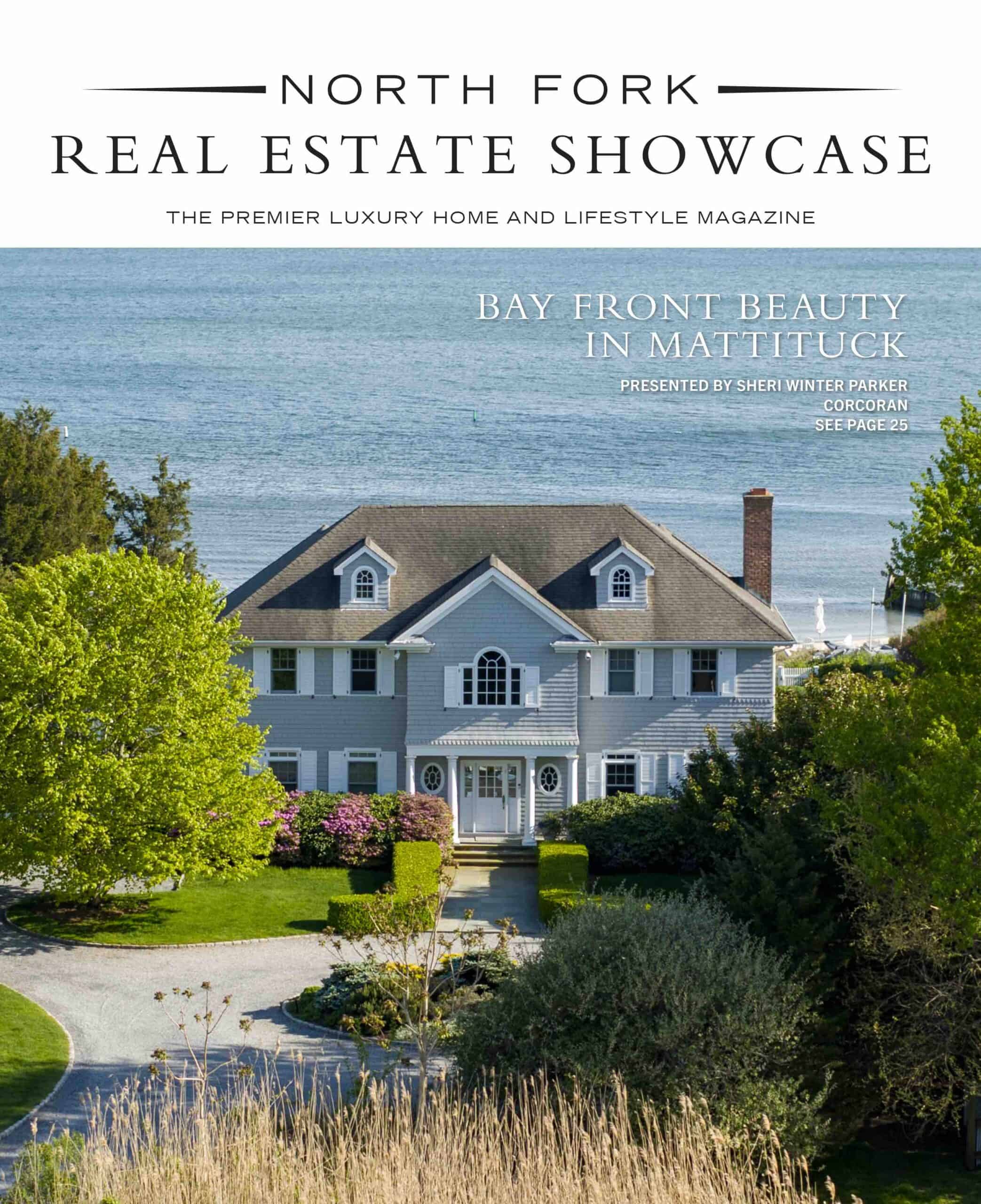Adds Character To Your Garden
Flowers bless the world with their colors for just a short time – most perennials bloom for only a few weeks and annuals are gone in fall. But woody plants – trees and shrubs – have a presence in the landscape all year round. We think of trees as towering presences in the landscape, providing shade, homes for birds, perhaps spring flowers or autumn color (or year-round color in the case of evergreens). Not all trees grow tall, though. Some stay more compact and can mix with other plants, anchoring beds and borders in the landscape or near the house, adding height and character through the year as other plants come and go. Some trees can grow happily in pots for years.

Small trees can grow closer to the house than majestic oaks and maples. They can add height to a bed or border of flowers or shrubs, even in a foundation planting in front of the house, if chosen carefully. They can bring year-round structure to a small landscape, or a mixed bed in the front lawn where flowers and groundcovers also grow in summer. They can also add rich color – Japanese maples are known for their brilliant autumn foliage in blazing reds, oranges and yellows, and the dwarf varieties are just as bright as their taller relatives. Small trees are especially welcome near a patio, where they supply shade and greenery, and perhaps flowers, too, and colorful autumn foliage or interesting bark in winter. A bed next to a patio or deck can include a small tree or two for vertical interest. You might even construct a patio around one of your favorite trees and incorporate it right into the design. For a formal home, a pair of trees in matching urns on either side of the front door offer a gracious welcome to visitors. Neatly clipped evergreens, or matching trees trained as standards, with a round ball of foliage atop a tall, straight stem provide an elegant accent. For a more romantic look in a bed or border, a small weeping tree adds graceful form, with its branches growing out from the central trunk and then spilling downward toward the ground.
Small trees are easier to care for than flowers – they don’t need watering or fertilizing as frequently, or constant grooming to remove spent blossoms. One important caveat to keep in mind when choosing a small tree for a bed, border, a foundation planting or a location near the deck or patio, is the size the tree will grow to be when it is fully mature. That lovely little cherry tree covered with spring flowers at the local nursery could end up being much too tall and too wide for that spot outside the front door. It could in time overwhelm a foundation planting, blocking windows, scraping against the wall, shading out other plants. If you need a small tree, make sure the one you are choosing is actually a dwarf variety. If you’re shopping at a local nursery, ask knowledgeable staff for guidance. Check the plant’s ID tag. If online, read the information carefully to find the mature height and width of the plant. Plant names can sometimes provide a clue as well. If you see words such as Nana, Compacta or Minima in the name, the tree is probably a smaller form of the species. It is essential to be realistic about the amount of space you have available and choose a tree that won’t outgrow it. Moving an overgrown tree is a big project.

Here are some trees that are compact in size, or grow very slowly and remain small for years, making them good choices to combine with perennials, groundcovers or other plants, or to grow in a large container. If you’re looking for evergreens that provide color year-round, a few options are dwarf Alberta spruce, elegant in a formal urn, Hetz Midget arborvitae (just remember to put it where deer can’t get to it), Arnold Arboretum dwarf Japanese pine, and Globosa or Montgomery blue spruce. For late summer color, look for dwarf varieties of crape myrtle, whose bright pink, red or white flowers bloom around the North Fork on full-size forms. Japanese maples light up the autumn garden with dazzling foliage; some varieties to consider include Crimson Queen, Viridis, Butterfly and Dissectum. Palm trees are sold by local nurseries to add a touch of the tropics to decks and patios. If you bring yours indoors over winter and give it a spot in an east window, and some water when it’s dry, you can bring it back outdoors when the weather warms in spring. Ficus trees such as weeping fig and fiddle leaf fig can be treated the same way. Meyer lemon can also live outdoors in summer and indoors in winter, and may reward you with fruit. Other possibilities include Lollipop or Cinderella crabapple and dwarf red sand cherry.








